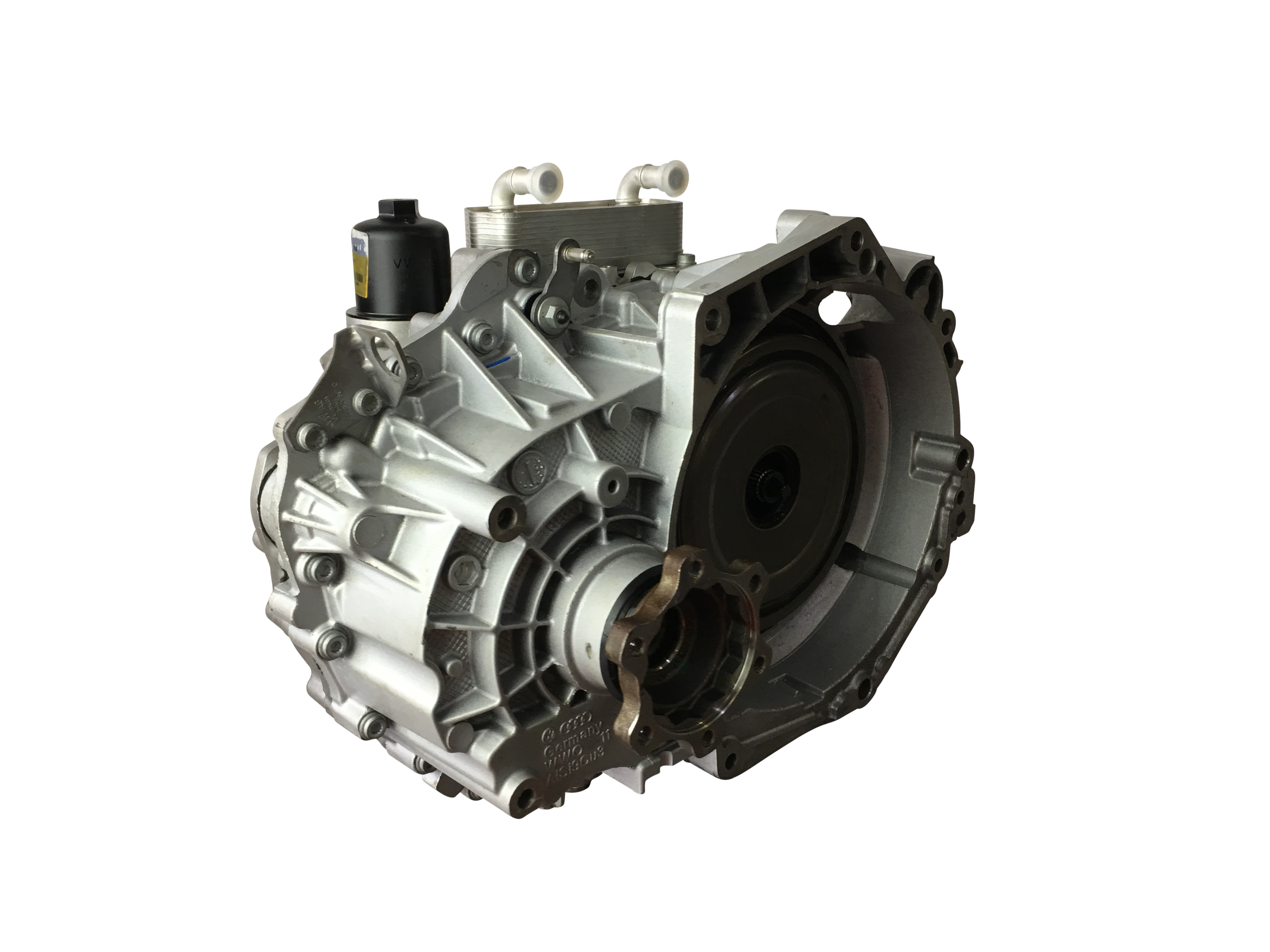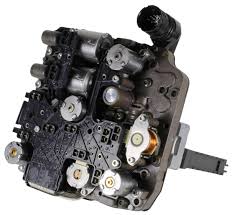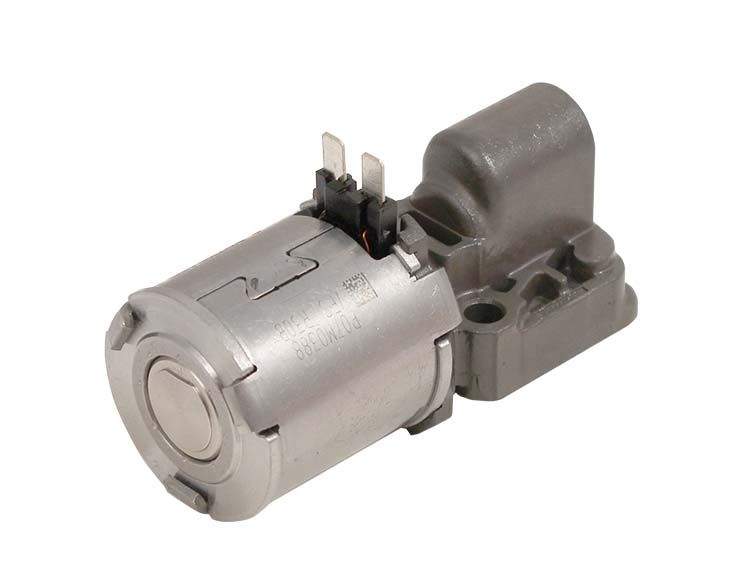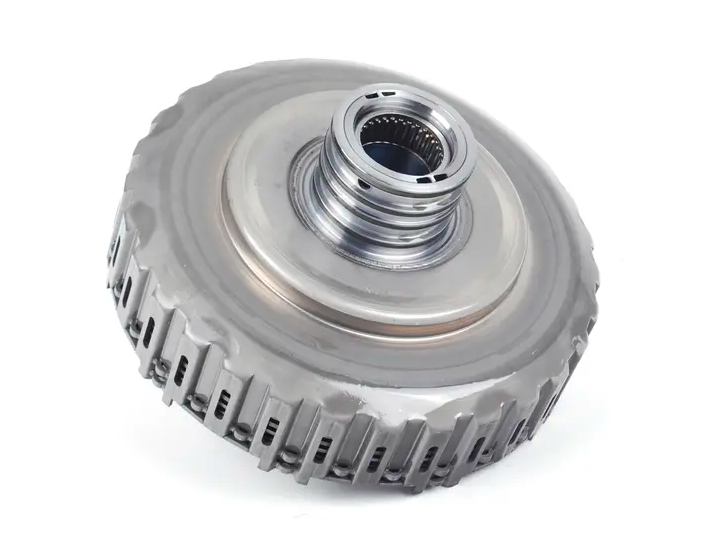Everything You Need To Know About
6 SPEED DSG AUTOMATIC GEARBOXES
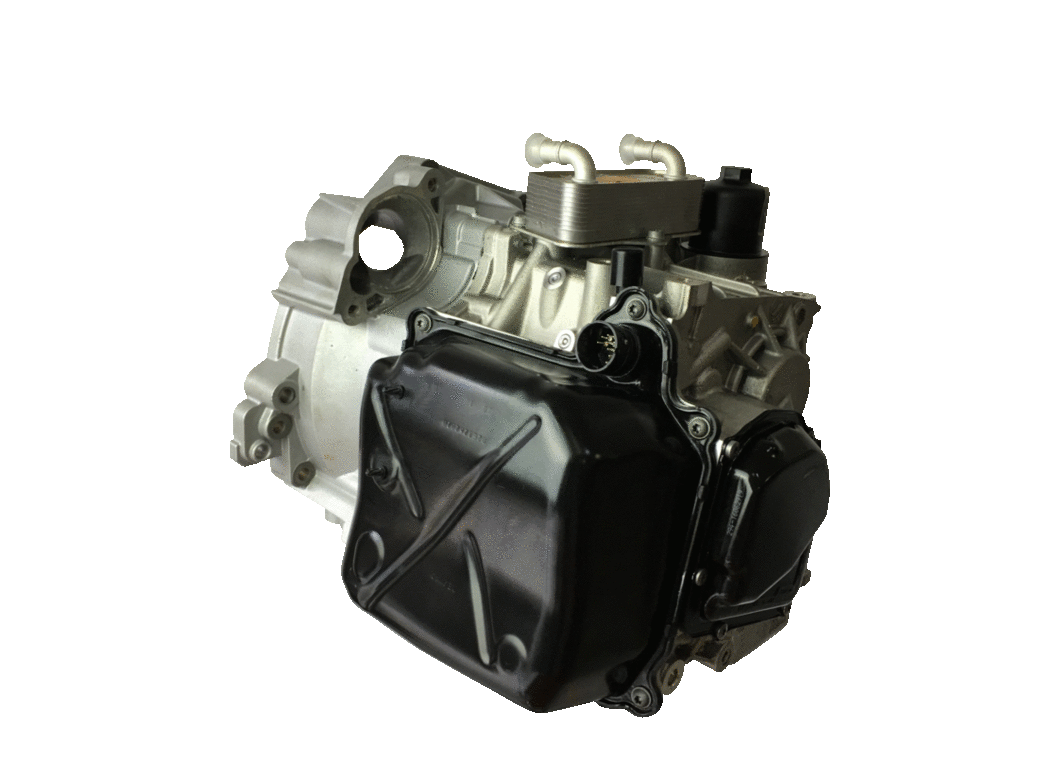
Everything You Need To Know About
6 SPEED DSG AUTOMATIC GEARBOXES
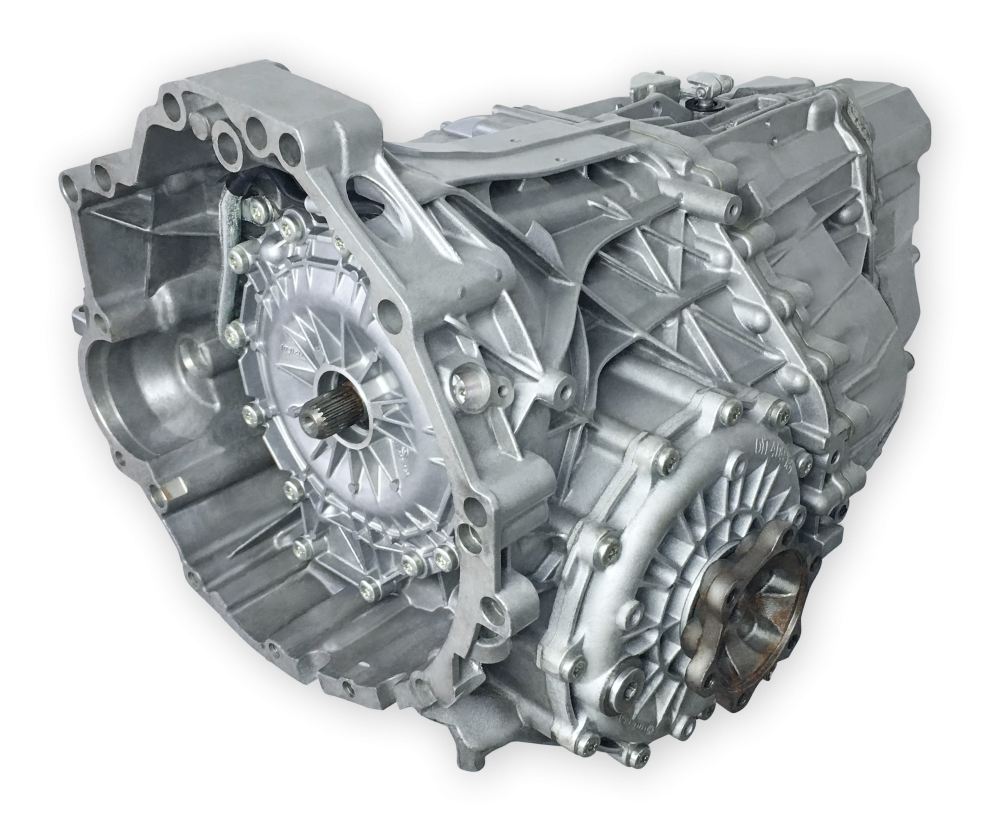
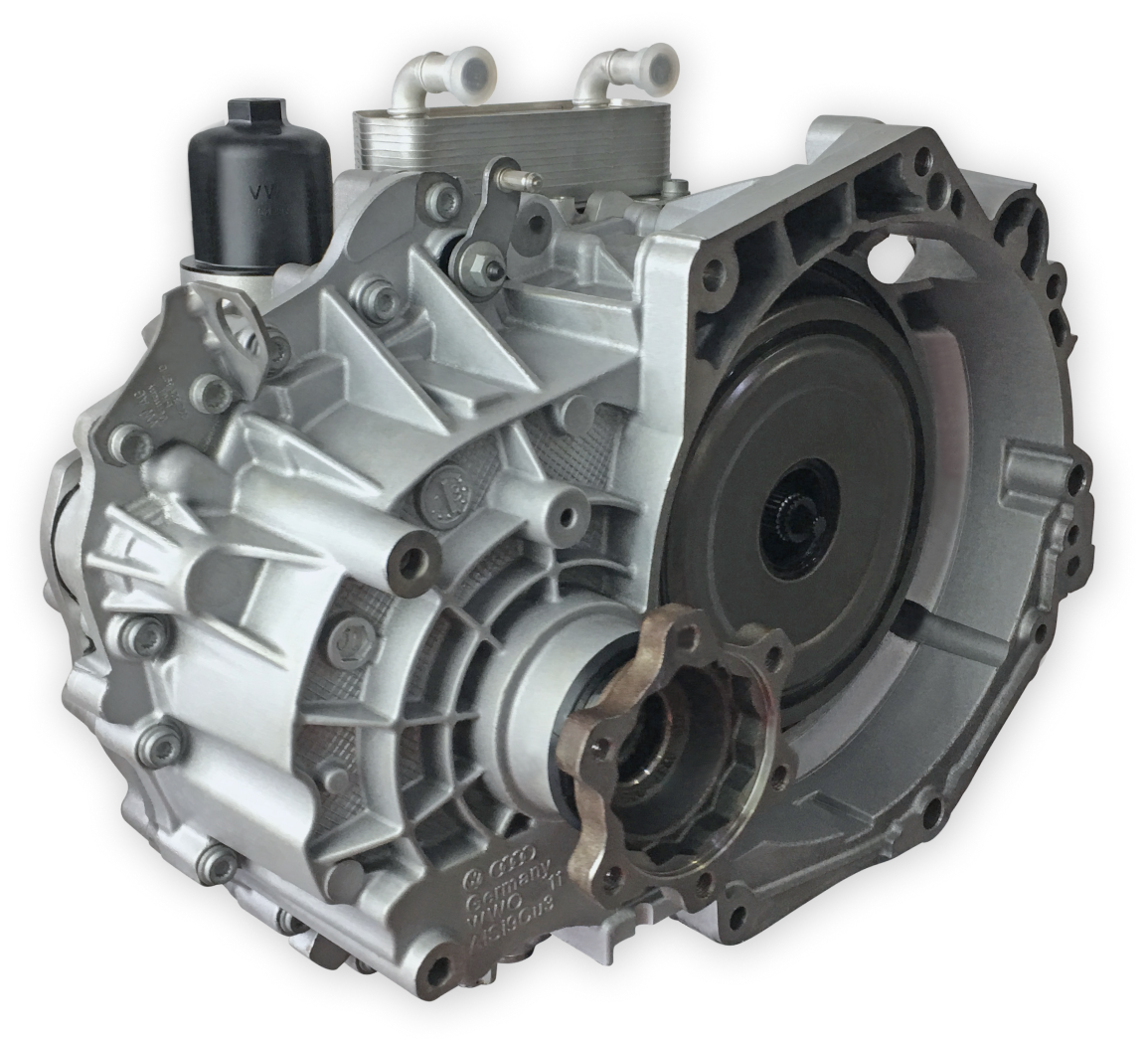
WHAT IS DSG ?
A direct-shift gearbox, commonly abbreviated to DSG automatic gearbox, is an electronically controlled dual-clutch multiple-shaft manual gearbox in a transaxle design, without a conventional clutch pedal and with fully automatic or semi-manual control. In simple terms, a DSG is two separate manual gearboxes (and clutches) contained within one housing and working as one unit. By using two independent clutches, a DSG automatic gearbox can achieve faster shift times and eliminates the torque converter of a conventional epicyclic automatic transmission.
The internal combustion engine drives two clutch packs. The outer clutch pack drives gears 1, 3, 5 (and 7 when fitted), and reverse — the outer clutch pack has a larger diameter compared to the inner clutch, and can, therefore, handle greater torque loadings. The inner clutch pack drives gears 2, 4, and 6. Instead of a standard large dry single-plate clutch, each clutch pack for the six-speed DSG AUTOMATIC GEARBOX is a collection of four small wet interleaved clutch plates (similar to a motorcycle wet multi-plate clutch).
Due to space constraints, the two clutch assemblies are concentric, and the shafts within the gearbox are hollow and also concentric. Because the alternate clutch pack’s gear-sets can be pre-selected (predictive shifts enabled via the unloaded section of the gearbox), un-powered time while shifting is avoided because the transmission of torque is simply switched from one clutch-pack to the other.
This means that the DSG takes only about 8 milliseconds to upshift. In comparison, the sequential manual transmission (SMT) in the Ferrari F430 Scuderia takes 60 milliseconds to shift, or 150 milliseconds in the Ferrari Enzo. The quoted time for upshifts is the time the wheels are completely non-powered.
[email protected] +44 (0) 1454 411 743
THE MOST COMMON ISSUES WITH 6 SPEED DSG GEARBOX
Issue 1: Damaged mechatronic unit.
One of the most common problems comes from Mechatronic unit. There are a couple of Solenoid valves (pressure valves) which with the time will not work properly.
First signs of problems might occur when gear change. Harsh gear shifts or not engaging gears will indicate a problem with that part. If not replaced on time that might open a chain reaction of faults, which in result will lead to full recon
Issue 2: Faulty clutch.
And the great news here is that you can check it yourself. Only with 6 Speed DSG automatic gearbox most of the time, if the clutch is damaged, would make ‘clicking’ noise.
Start the engine, let it idle. When moving selector lever between gears, park and neutral at the most you should hear one click. But, if you can hear it a couple of times that might indicate that clutch is damaged already. This is a good point of reference but bear in mind that is not 100% accurate.
Issue 3: Damaged bearing.
Damage of the bearing can occur when there is low oil in the gearbox. It’s very important to sort out any gearbox leaks as soon as possible. The damaged bearing can also collapse and damage the mechanical side of the gearbox.
If you are interested in 6 speed automatic gearbox repair or replacement pricing you can find it here.
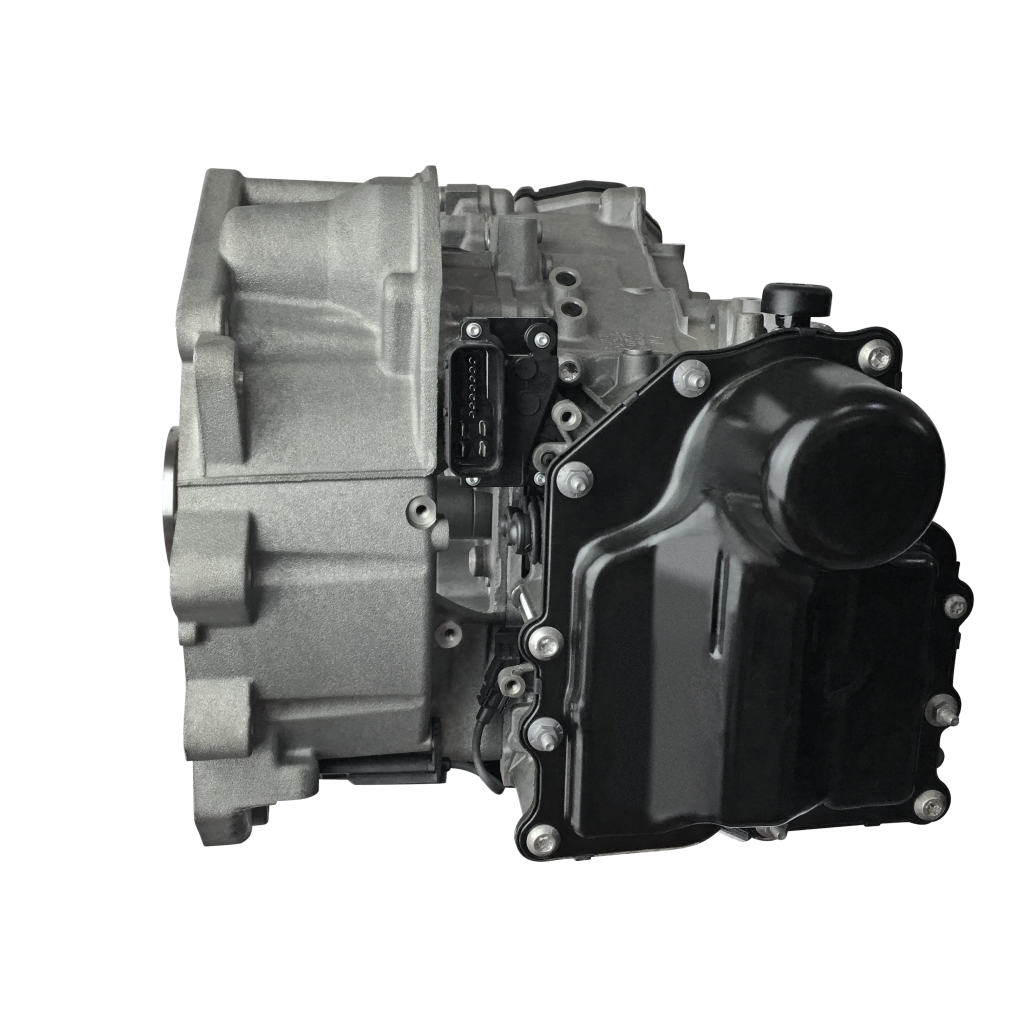
ADVANTAGES OF THE DUAL-CLUTCH/DSG TRANSMISSION
DISADVANTAGES OF THE DUAL-CLUTCH TRANSMISSION
DSG Automatic Gearbox repair and replacement
Other typical issues with 6 SPEED DSG

Issue 1: Broken gear selector - mechanical issue

Issue 2: Lose of reverse gear

Issue 3: Harsh gear shifting that might include juddering
EXPERT TIP FOR DRIVING A CAR WITH A TWIN-CLUTCH, KNOWN AS DSG TRANSMISSION
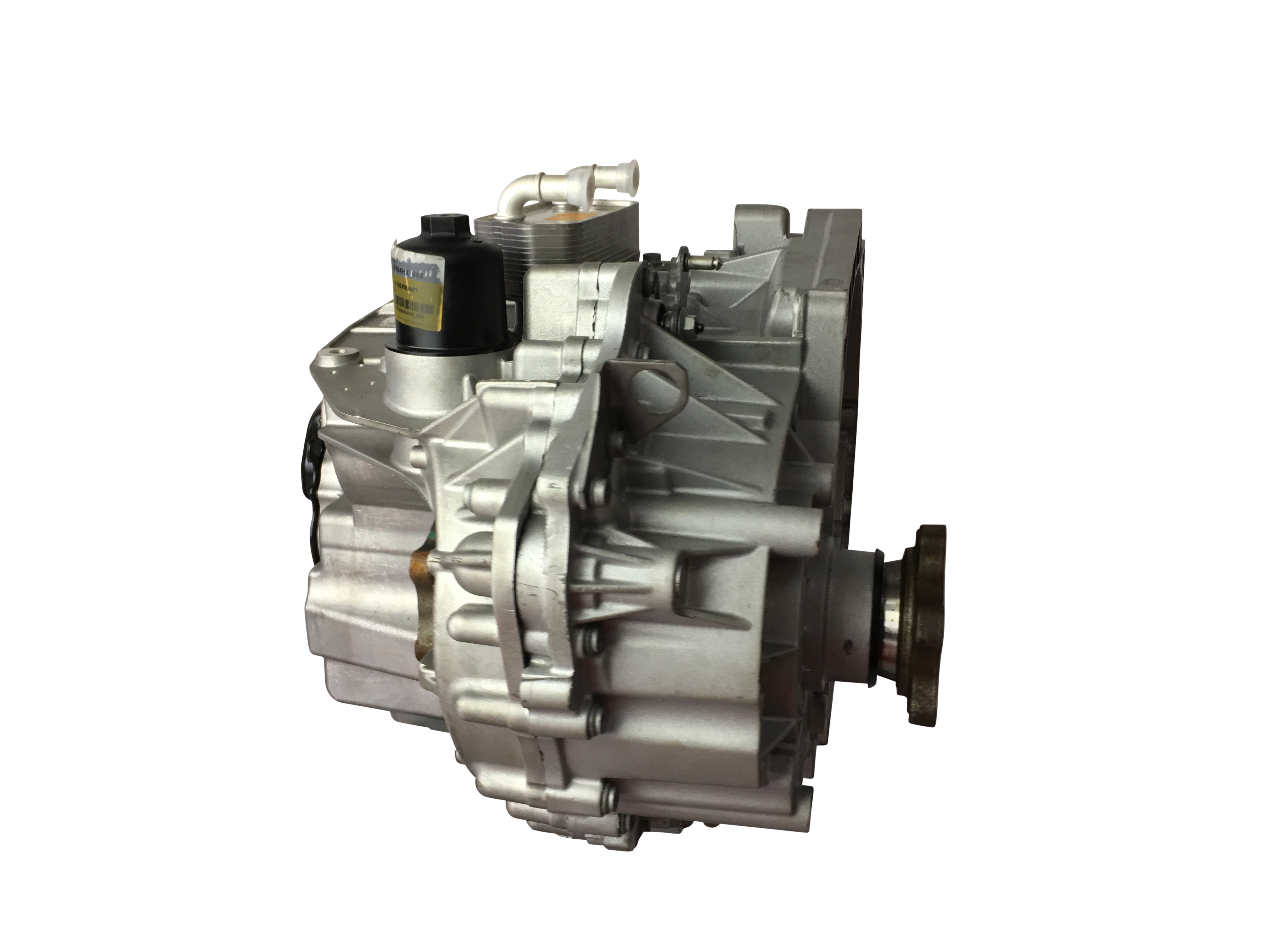
DOWNSHIFTING WITH DUAL-CLUTCH TRANSMISSION
